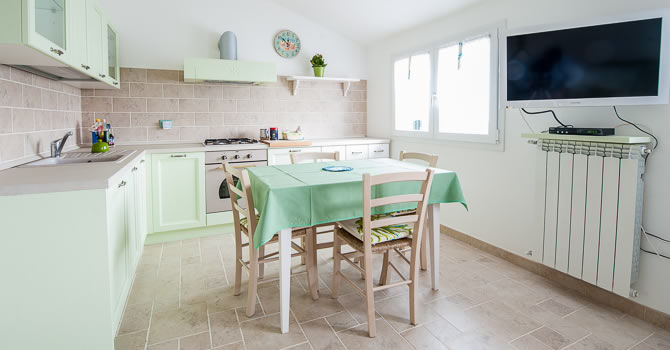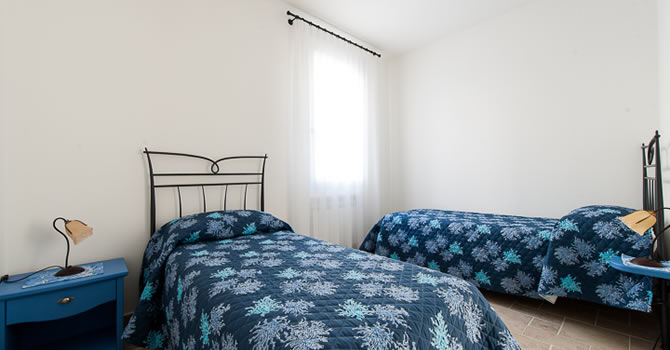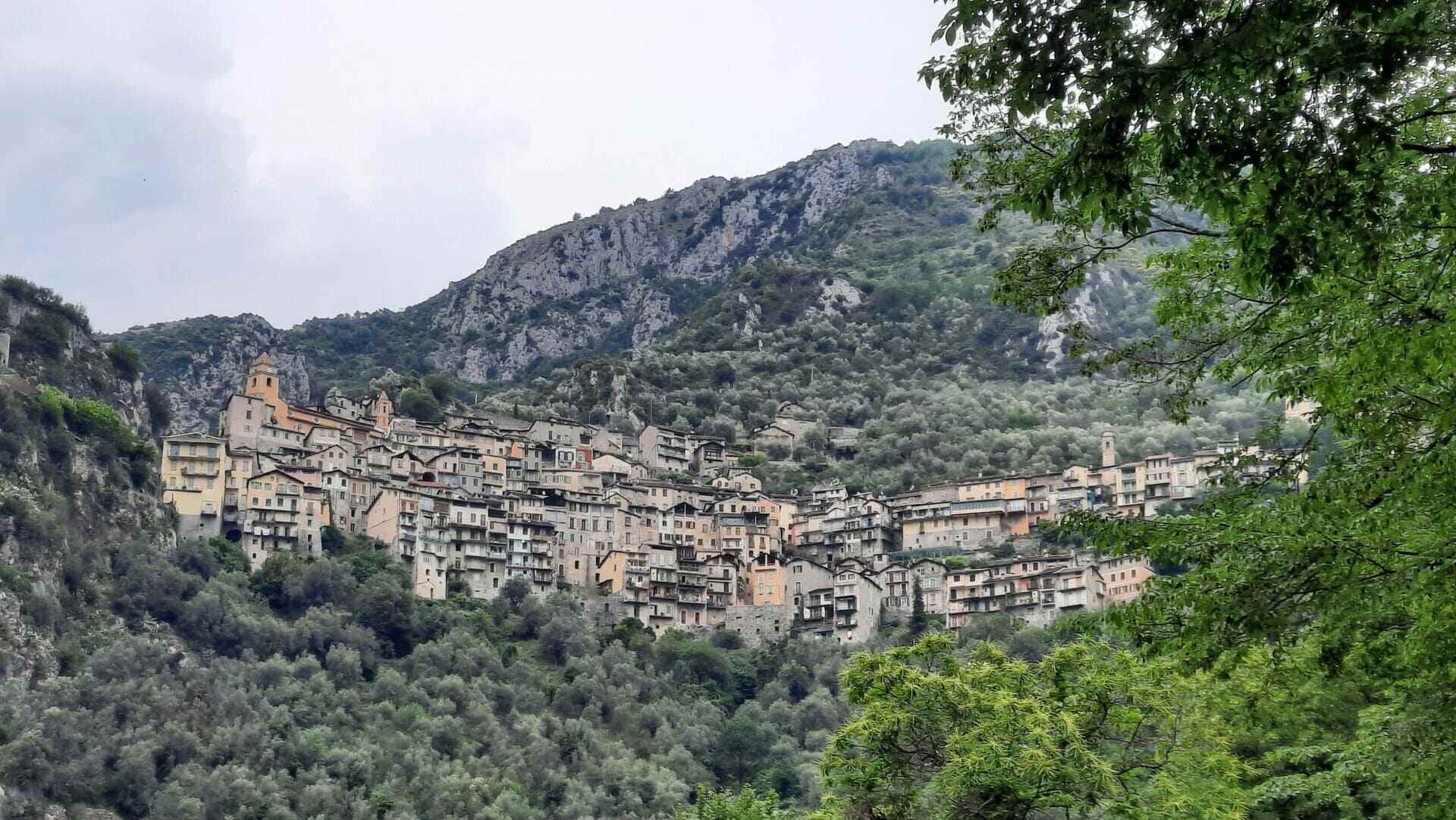
Discovering the Ligurian Riviera
Discovering Argentina Valley: from Glori to Molini di Triora
January 24, 2021
Even if the work at our farm never stops, when it is possible we allow ourselves a tour in the surroundings to discover our territory. Today we want to continue the journey along the Argentina Valley, resuming the journey from where we left off, from Carpasio, to visit the villages of Glori, Agaggio, Andagna and Molini di Triora.
This is, as always, an excursion that anyone staying at our apartments in Diano Marina can easily do in a day, by moped or by car.
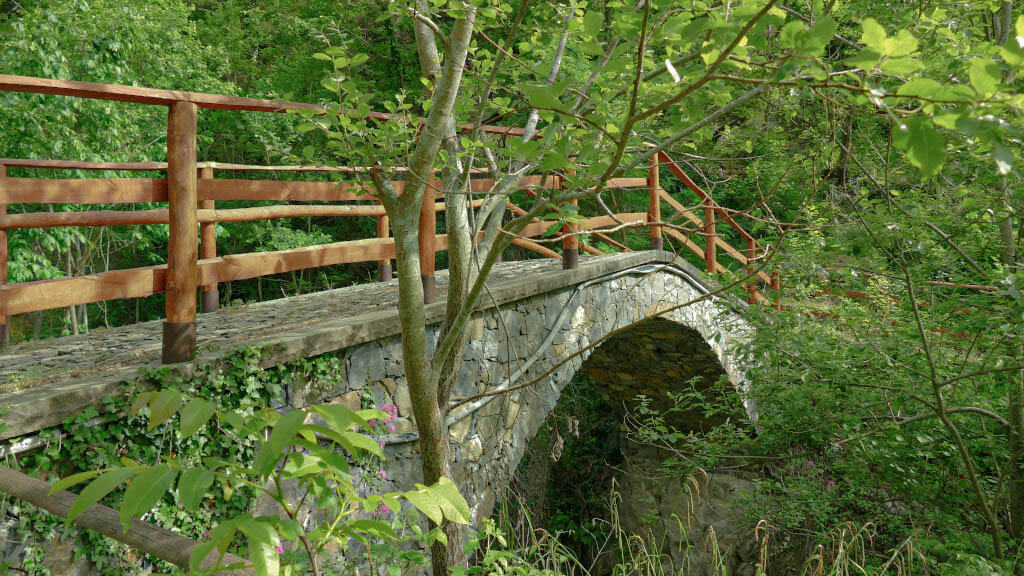
Read also - Discovering the Argentina Valley: from Taggia to Carpasio
From Carpasio to Glori
From Carpasio we go down towards Montalto and we take again the provincial road 21, returning to the crossroads between Badalucco and Isolalunga. From here we take the provincial road 48 and, after a few kilometers, we find the deviation that leads us to Glori. Here we are in a dominant and absolutely panoramic position, which allows us to admire the whole valley up to the sea.
On foot we easily cross the wood to reach the Sanctuary of Our Lady of Lourdes. Beyond the church it is possible to follow a trekking path that cuts through the mountain and leads directly to Carpasio. Once in the village, we suggest you to visit some characteristic places: the Oratory of Sant'Antonio Abate with its beautiful portal where is engraved the date 1632, year of the baroque renovation, a Romanesque bridge with two arches, the Honey Museum and the Wine Cellar of the provost's press.
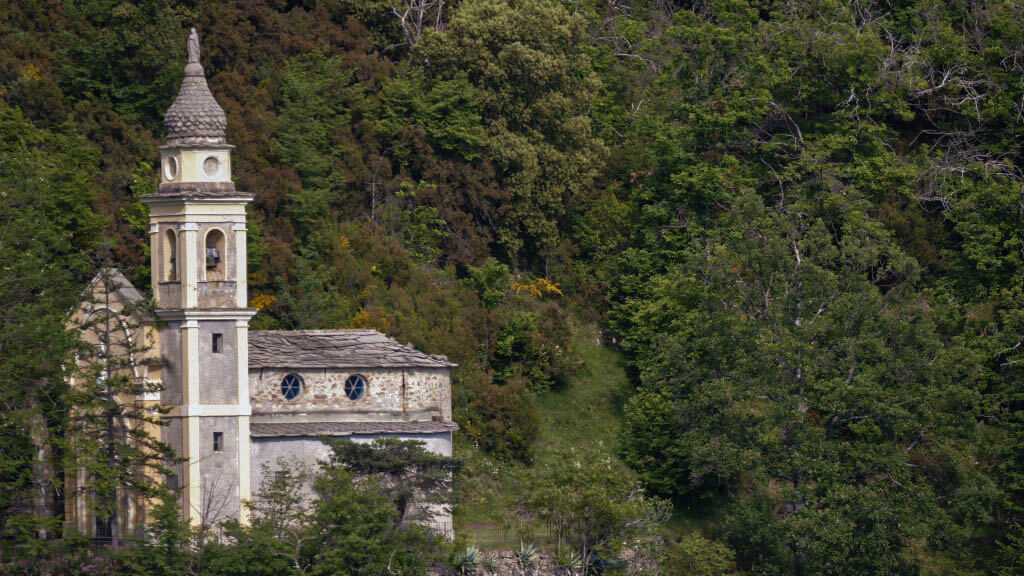
From Glori to Andagna
From Glori we take the provincial road 48 to go up towards Molini di Triora. After some kilometers and some curves we find the deviations - distant between them a few hundred meters - for the two hamlets of Agaggio (upper and lower), that is a series of scattered houses of medieval origin.
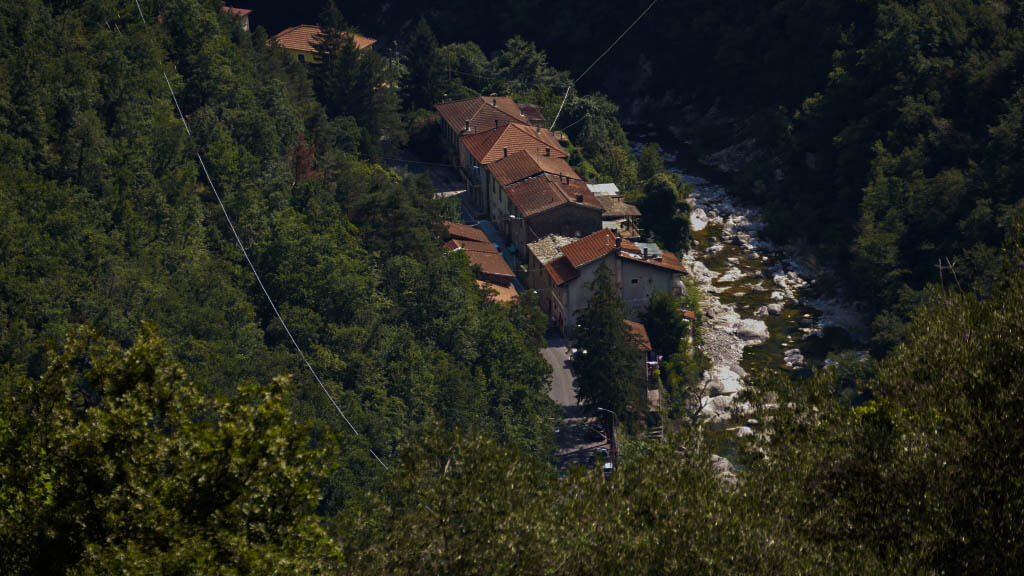
Going straight on, after a detour on the right, you arrive in Andagna, a village set between Agaggio and Molini di Triora. We are along the road of the Teglia pass, from which a series of hiking trails branch off towards the mountain. Descending from these places we arrive at Impero Valley, just before the colle d'Oggia.
Read also - Discovering the Impero Valley
The village has a beautiful urban structure, with the municipal loggia and several sacred buildings of great value, such as the parish church dedicated to the Nativity of the Virgin, built in the 15th century, the Oratory of San Martino, built in the 15th century but rebuilt during the 18th century, or the oratories of San Rocco and San Bernardo.
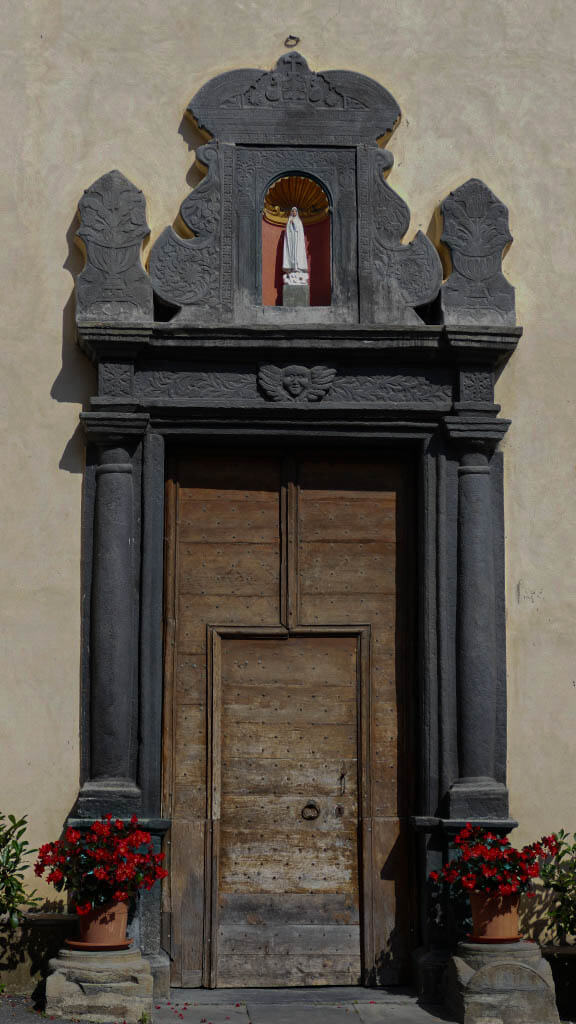
From Andagna to Molini di Triora
At this point from Andagna we take the provincial road 17 towards Via Costa and after about three kilometers we arrive in Molini di Triora. This municipality of the High Argentina Valley rises at the foot of the ridge that descends from Triora, where the streams Argentina and Capriolo join. It was a particularly fortunate place because of its position and the great abundance of water: there were 23 mills in this territory in ancient times, from which the place name derives.
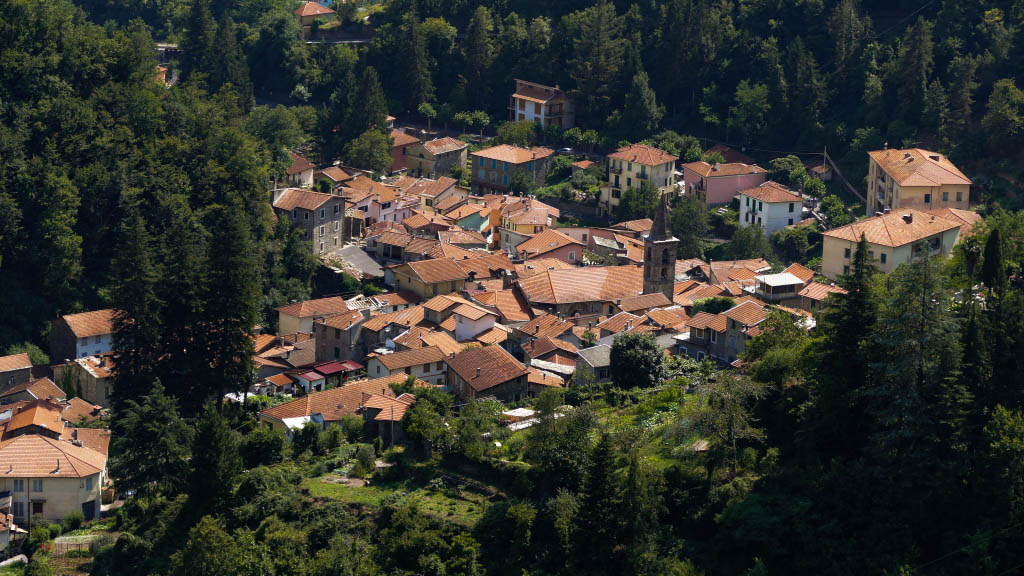
Although we have evidence of the presence of these places already during the Bronze Age, it is only around the year 1000 that we have material traces of the presence of the Benedictines. To them we owe, in fact, the construction of mills for grain.
After having spent a long period under the control of the Counts of Ventimiglia and then under Genoa, in the 17th century Molini di Triora was granted administrative autonomy for itself, Andagna and Corte. Only in 1903 was recognized the status of municipality.
At this point we can only recommend a visit to the parish church of San Lorenzo, built in 1486 in late Gothic style but renovated in Baroque style in the eighteenth century. Of the original structure, we can still see the cusped bell tower and the lintel in black stone with the Bernardo trigram inscribed inside a garland, the gridiron that remembers the martyrdom of the saint and rosette motifs. Of this fragment of the portal we also know the date of execution, 1486, and the name of the stone-cutter, Johannis Laurerius, perhaps also the architect of the church.
Here ends the second part of our journey to discover the Argentina Valley. We will continue our journey in the next article, with a visit to other important towns and villages of the area, touching the centers ranging from Triora to Borniga.
Listen to all podcasts published on our official channels:
